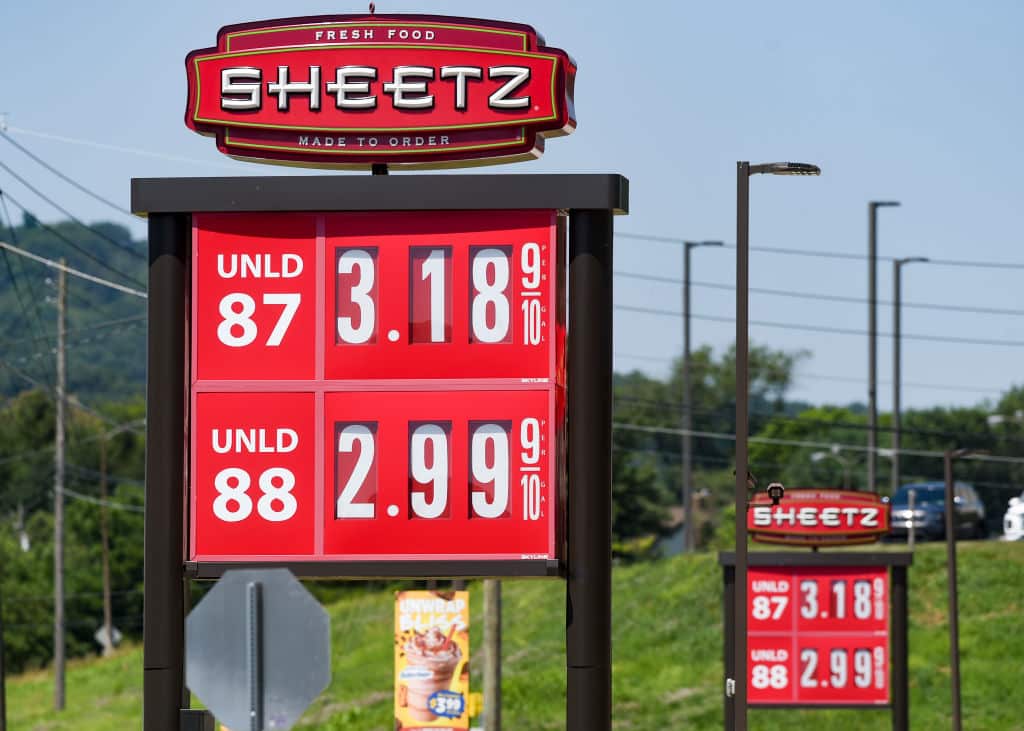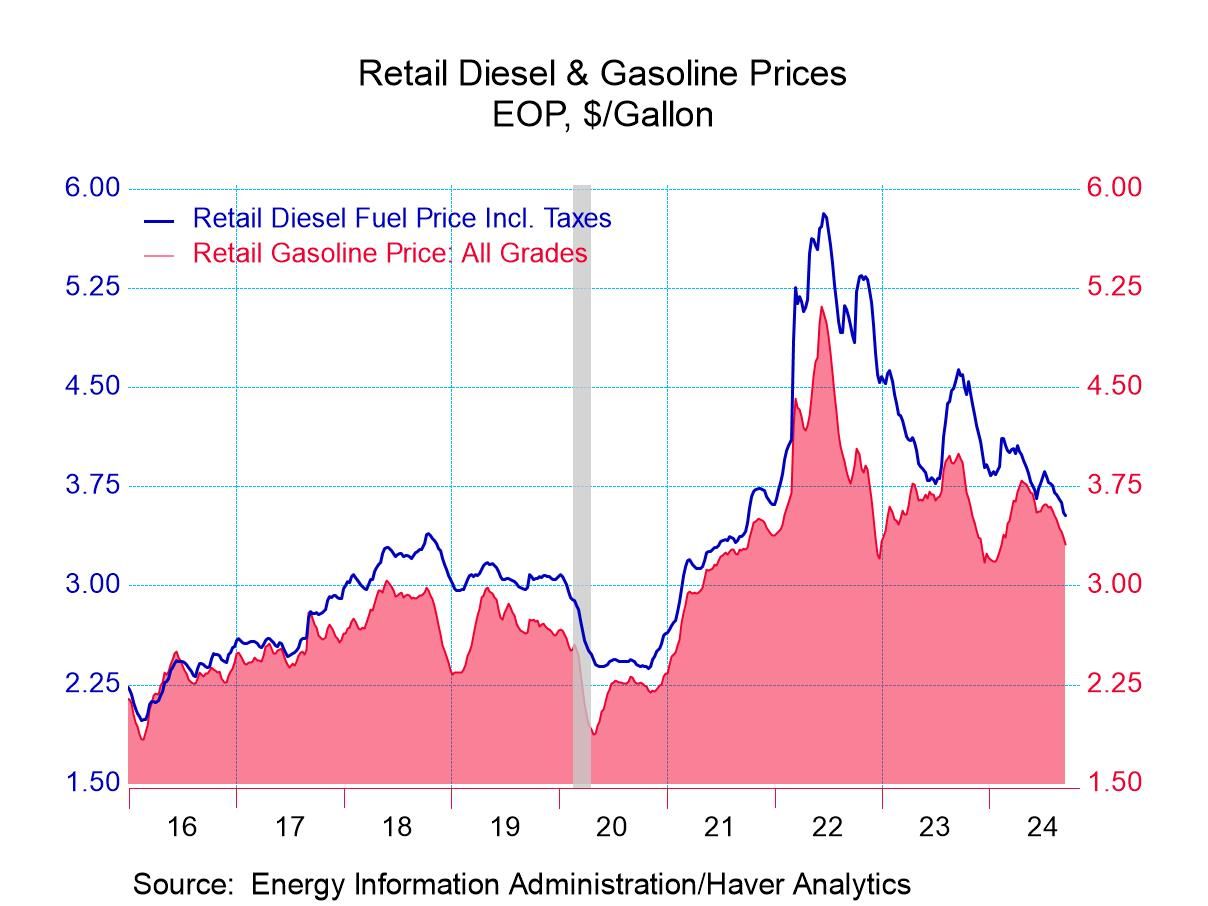
Gas Prices In Pennsylvania
For the first time in more than three years, average U.S. gasoline prices dropped below $3 per gallon on Monday, marking a significant milestone for consumers who have grappled with high inflation in recent years. This decline extends a period of lower fuel costs, offering relief at the pump.
Gasoline prices have been steadily falling since the peak summer driving season ended, providing a boost to consumer spending. This comes despite the broader inflationary trends in October, where the prices of other goods and services continued to climb, showing signs of stagnation in inflation progress.
The national average price for regular gasoline dropped to $2.97 per gallon on Monday, the lowest recorded since May 2021.
Oklahoma reported the country’s lowest average price, at $2.42 per gallon, while Hawaii experienced the highest, with an average of $4.48 per gallon.
Compared to last year, the cost of gasoline has consistently declined as fuel demand growth has eased from the rapid post-pandemic pace of prior years.

“The affordability of gasoline is at its lowest non-COVID level since 2015.” He also noted that additional downward pressure on prices is expected, with the national average potentially dropping another 10 to 15 cents by Christmas.
The U.S. Energy Information Administration (EIA) reported that product supplied of finished motor gasoline—a measure used as a proxy for demand—increased by just 11,000 barrels per day during the first nine months of this year compared to the same period last year. This is in contrast to a demand increase of 115,000 barrels per day in 2023 versus 2022 levels.
At the same time, fuel availability has improved as refining capacity expanded in the U.S. and globally. This has helped offset some of the supply disruptions caused by Russia’s invasion of Ukraine, which pushed U.S. gasoline prices to a record high of over $5 per gallon in 2022.
U.S. refining capacity rose for a second consecutive year last year, according to the EIA’s annual update released earlier this year.
Globally, refining capacity has been bolstered by large-scale projects, such as Nigeria’s 650,000 barrels per day Dangote refinery and Mexico’s 340,000 barrels per day Dos Bocas refinery, further stabilizing fuel supply.



